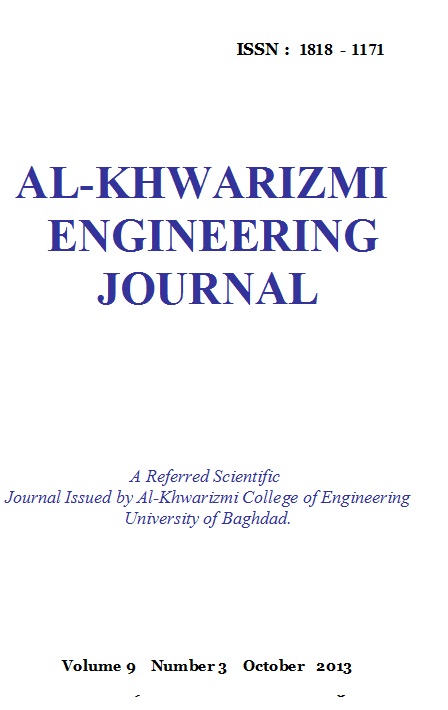Simulation of a Wet Sulfuric Acid Process (WSA) for Utilization of Acid Gas Separated from Omani Natural Gas
Keywords:
Simulation, Acid Gases, WSA, Sulphuric Acid ProductionAbstract
In this study, a proposed process for the utilization of hydrogen sulphide separated with other gases from omani natural gas for the production of sulphuric acid by wet sulphuric acid process (WSA) was studied. The processwas simulated at an acid gas feed flow of 5000 m3/hr using Aspen ONE- V7.1-HYSYS software. A sensitivity analysis was conducted to determine the optimum conditions for the operation of plant. This included primarily the threepacked bed reactors connected in series for the production of sulphur trioxidewhich represented the bottleneck of the process. The optimum feed temperature and catalyst bed volume for each reactor were estimated and then used in the simulation of the whole process for two cases namely 4 and 6 mole% SO2 stream fed to the first catalytic reactor. The 4mole% SO2 gaves the highest conversion (98%) compared with 6 mole% SO2 (94.7%). A valuable quantity of heat was generated from the process. This excess heat could also be transformed into power in a turbine or used as a heating media in neighbouring process units.
Downloads
Downloads
Published
Issue
Section
License
Copyright: Open Access authors retain the copyrights of their papers, and all open access articles are distributed under the terms of the Creative Commons Attribution License, which permits unrestricted use, distribution, and reproduction in any medium, provided that the original work is properly cited. The use of general descriptive names, trade names, trademarks, and so forth in this publication, even if not specifically identified, does not imply that these names are not protected by the relevant laws and regulations. While the advice and information in this journal are believed to be true and accurate on the date of its going to press, neither the authors, the editors, nor the publisher can accept any legal responsibility for any errors or omissions that may be made. The publisher makes no warranty, express or implied, with respect to the material contained herein.











